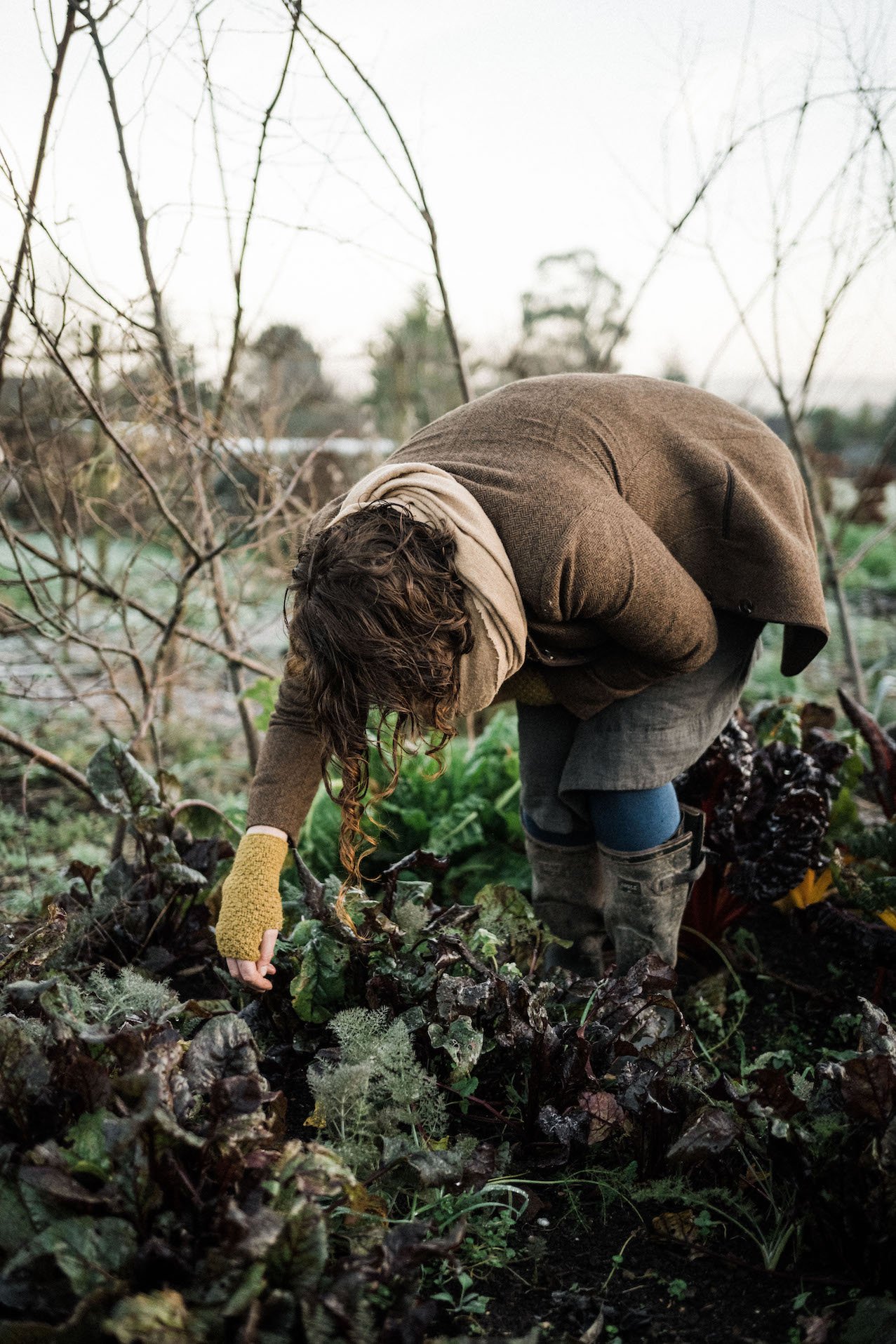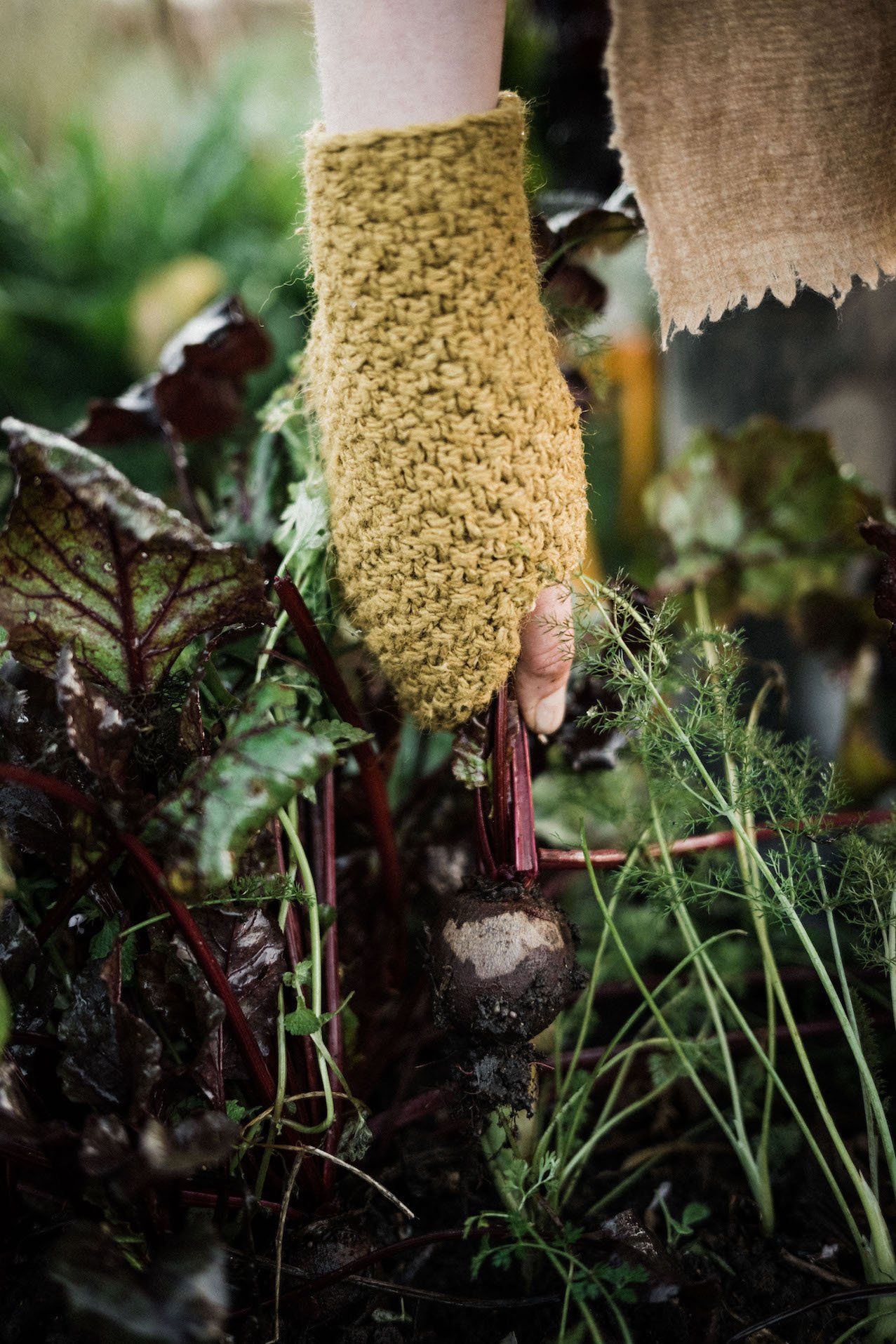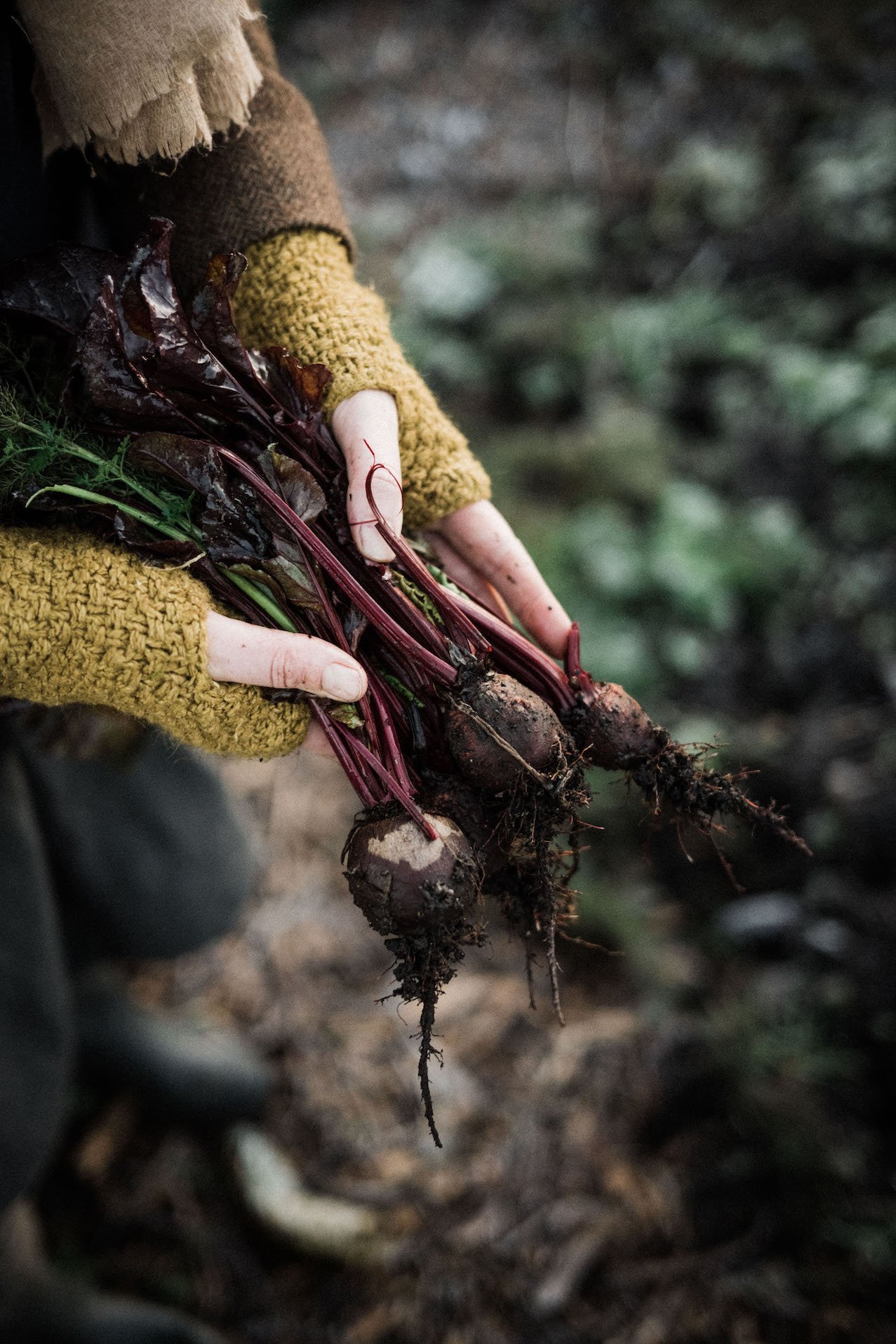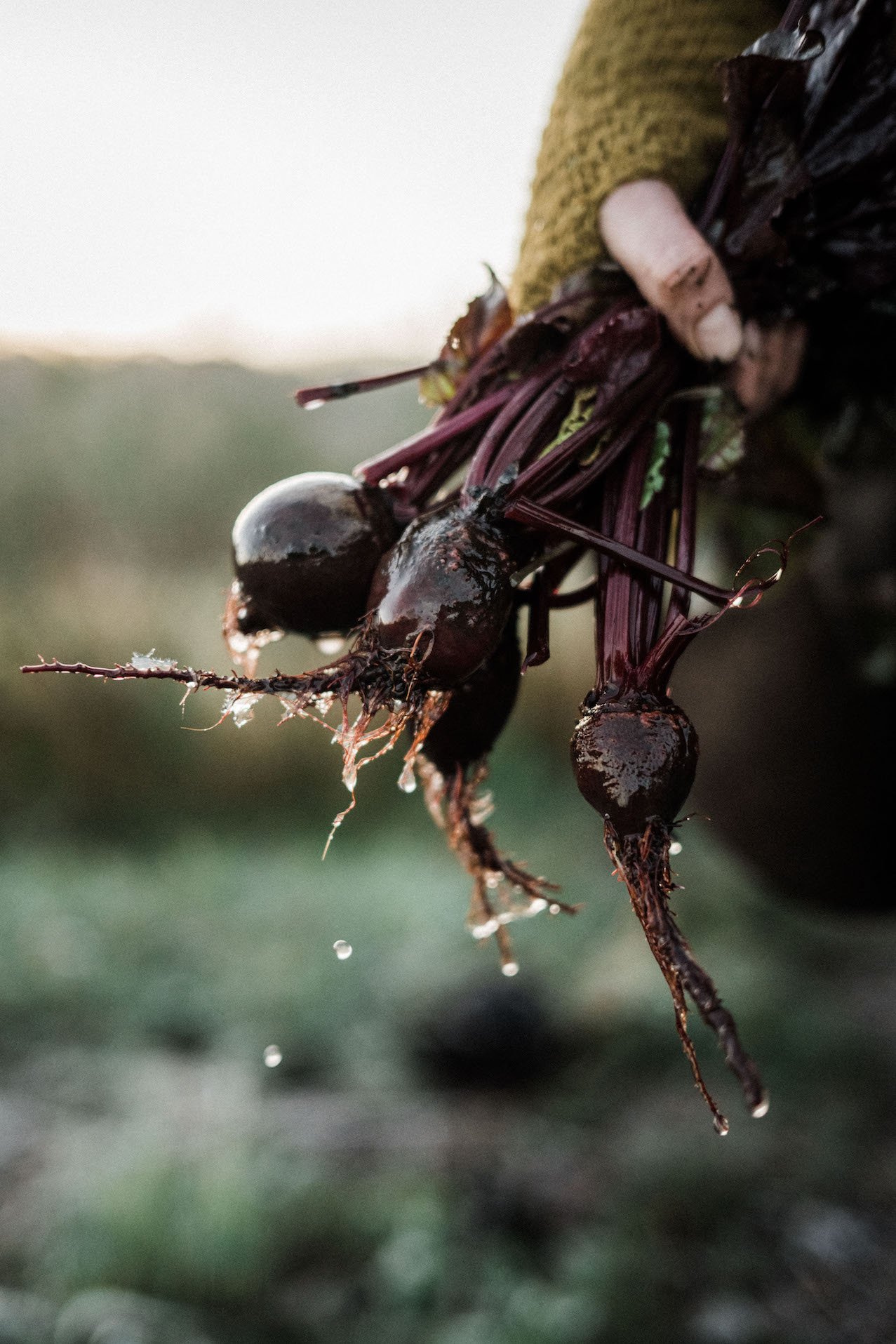An Introduction to Biodynamics
written with AN AWARENESS THAT THIS MIGHT BE COMPLETELY WACKY
I was working at the Institute of Psychiatry in Denmark Hill, South London, when I had an interview for their clinical doctorate. They had a reputation for being fearsomely academic but the only difference for me on that particular day was that I came to work in my sharpest suit and without a hangover. I was living on Tower Bridge Road in my early twenties; it was not a given that I came to work entirely fit.
The interview did not get off to a good start. I was asked to define three different sorts of experimental validity and despite having lectured widely on research methods and statistics, I had only heard of two of them. Psychologists, attempting to be experts in something as nebulous and slippery as the human condition, were so petrified of being perceived as lightweight hippies and navel gazers, that they annexed the identity of rigorous and detached scientists as a defence. My first degree contained more maths than philosophy, and my training a boringly repetitive emphasis on outcome measures, evidence-based practice and randomised controlled trials.
It was therefore with not without significant trepidation that I put a toe into the biodynamic world. It is, at first glance, as utterly meaningless as astrology. All star signs and cosmic forces and strange potions. An old sort of magic, despite being something of a recent invention, being based upon the lectures given by Rudolf Steiner in the 1920’s. Practically yesterday when you think of the chronicity of the relationship between human beings and the land.
WHERE IT ALL STARTED
Rudolf Steiner is another reason why I am a little reluctant to go all in on this; he is what is now known as a problematic character in terms of his views on race, even given the change in the times. His lectures were given as a response to the rapidly plummeting fertility in European, a crisis of its own sort and not dissimilar to the situation that we face now, although I fear ours may turn out to be even more apocalyptic. Only sixty more harvests worth of top soil and all that.
However, what I do know is that people do love a way of making sense of the world. A model with which to understand the chaos of the everyday and the fickle nature of the seasons. Offering sacrifices to the gods of the harvest is not so very different to the worship of the lab-coated technician and their prescription of NPK. We’re all just trying to stave off the anxiety about a poor yield and its subsequent hunger, and the spiritual fear of knowing that actually, when all is said and done, we are tiny and Nature will do what it was always going to do anyway. Too much interference and too little appeasement and it will bite back. But when I found out about biodynamics, with a perfect balance of method and madness, I thought that this might just be my model.
Also, if it is good enough for Fern Verrow, it is absolute good enough for Malus Farm.
Lunar planting
Let’s get the mad bits out of the way first. The core premise is that the health of the land cannot be understood by being narrow-minded or short-sighted. To focus on only one aspect of the growing process, such as the nitrogen level in the soil, will inevitably lead to a loss of balance, and the whole system will peak and then crash. So far, so sensible. I think we would all accept that there are networks of fungi, micronutrients, climatic features, and aspects that all need to be considered too. Much of the success of Malus Farm is down to the very sheltered setting created by the edge of the Blackdown Hills and the ridge of the valley edge. I get few frosts and a long growing season. Yes, you are right, I am putting off getting to the mad bit.
At this stage, you need to suspend judgement a little and lift your eyes up. Not just from the ground to the landscape, but from the landscape to the skies, and from the skies to the cosmos. Yes, the cosmos. Let’s start with the moon.
We can diverge a little at this point. This is an essay about lunar planting and the bus can stop here without going onto the terminus of full biodynamics. All you need to do at this stage is to accept that there is such a thing as tides, and to recognise that seeds, plants and flowers contain water. I accidentally bought a book on this sort of lunar planting, called ‘Moon Gardening’ when I saw a copy perched in amongst the ciders for sale at Coombeshead Farm on our way to Cornwall. The front cover contained a recommendation from Mark Diacono and I took that as a solid endorsement.
MOON GARDENING
Moon gardening is to biodynamic lunar planting what three times tables are to quadratic equations, but we all need to start somewhere, and here is as good a place as any.
Firstly, you need to understand the four quarters of the moon, and then the four phases in between. This is written from the perspective of me, here. If you are in the Southern Hemisphere you will have to reverse everything. I still haven’t got over seeing Orion the Hunter upside down above the Outback in Australia so don’t expect me to get my head around this one for you.
NEW MOON
WAXING CRESCENT MOON
FIRST QUARTER MOON
WAXING GIBBOUS MOON
FULL MOON
WANING GIBBOUS MOON
THIRD QUARTER MOON
WANING CRESCENT MOON
& BACK TO NEW MOON AGAIN
If nothing else, ‘gibbous’ is such a wonderful word. You could win scrabble with a word like that.
‘The first day of the first quarter is new moon, when the moon is not visible in the sky. At this point, the strength of the moon’s gravitational pull on Earth is at its weakest. The pull increases from this low point throughout the first and second quarters. By the end of the second quarter (full moon) and at the start of the third, the gravitational pull is at its strongest. As soon as the third quarter begins, the strength of the pull begins to fade. It keeps ebbing throughout the third and fourth quarters until you reach the end of the fourth quarter, by which time you’re at new moon again. Earth’s water table responds to this never-ending rise and fall of gravitational pull. It rises as the moon’s gravitational pull increases and it falls back as it decreases.’
Moon Gardening by John Harris
WHY THE RISE AND FALL OF THE WATER TABLE MATTERS
When the water table rises it exerts upward pressure. The moisture beneath your garden soil rises with it. This increases the concentration of moisture content at exactly the level in the topsoil where we gardeners do our gardening. This unfailing act of nature will carry on until the moon stops orbiting Earth. It is of great help to us, especially during periods of low rainfall in the summer, but with careful and aware gardening you can benefit throughout the year. Here’s how …
In my own mind, this can best be understood as the pressure being released from the upper layers of soil, drying them out, as the water table drops, and increased as the water table rises again.
THINGS TO DO WHEN THE PRESSURE IS BEING DRAWN DOWN (THIRD QUARTER MOON TO A NEW MOON)
Dig if you are going to dig, which you aren’t obviously, but ‘Moon Gardening’ was written before the No Dig Revolution
Applying compost, manure, top dressing, or any fertiliser such as comfrey/compost teas
Pruning. The closer to the new moon the better. Upwards pressure affects both the soil (pushing moisture into the plant) and also the sap and moisture within the plant. Pruning leaves wounds on the plant, areas of escaping moisture where the protective wrapping has been removed. You don’t want them to dry out too quickly.
Harvest fruit and vegetables for storage, flowers for drying – the levels of moisture in the plant are lower and so rot is less likely.
THINGS TO DO AS THE PRESSURE AND MOISTURE IS INCREASING (FIRST QUARTER MOON TO THE FULL MOON)
Sow seeds. John Harris advises slow germinators and root crops are sown between a new moon and the first quarter moon, and the above ground plants between the first quarter and the new moon, but you can take it or leave it I reckon. Anecdotally, I have heard that the week just before a full moon is absolute dynamite for germinating seeds, whichever lunar planting method you are using. Water and nutrient rich moisture has been drawn closet to the surface and is most readily available for seeds and any emerging shoots. Ditto young plants, so this is the time for planting out.
Harvest fruit from the bush and eat it in the garden. Pick and pod peas and pop them in your mouth like sweets. Sap and moisture will be peak now so think luscious, chin-coating, exploding plums and the most perfect, decadently summer strawberries. They won’t store as well, but they will be absolute exquisite and of their own moment.
Why the week before and not on the full moon? Because as soon as the full moon has passed, the moisture levels will start to drop. Giving them a bit of time at this peak, rather than when it is just starting to drop off, will be of maximum benefit.
Too long; didn’t read.
The soil is at its driest around the new moon and the moisture in the soil has been dropping off for a week or so. Think drawing down. Now if the time for feeding the soil, pruning, and harvesting for storage. Around the full moon, the moisture is being pushed up (think lifting towards the sky) and so this is the time for germinating seeds, planting out young plants, harvesting for peak decadence.
Top tip: The moons in March and April are particularly powerful and many weed seeds will sit in the soil, maybe even for years, and then swell and germinate around the full moons of spring. Mark out a few hours in your diary for some light hoeing around that time and you’ll be giving your future self an absolute gift. Just to save you having to look it up:
MARCH 25, 2024 (THE WORM MOON)
APRIL 23, 2024 (THE PINK MOON)
TAKING IT TO THE NEXT LEVEL - BIODYNAMICS
I know, I promised that that would be the simple version. It is like organising a lunch for two people; it’s just the earth and the moon. Biodynamics invites a lot more people to the party.
There are the constellations (four of them), there are the solar influences, and also a slightly more complicated view of the lunar influences because of the elliptical shape of the moon’s orbit around the Earth. Every event planner’s nightmare. And rather than doing just ascending and descending forces, we get day for roots, days for flowers, days for leaves and for fruit.
Biodynamics considered there to be four elemental forces which peak when the constellations of the zodiac are aligned in certain trines (a group of three bodies in space). These forces are fire, earth, water and air. Not content with that, the forces are then associated with different sorts of plants, or parts of plants. Roots are affected by earth signs. The leaves and leafy parts of the plant are affected by water signs. Flowers are affected by air signs and fruit and seed are very much under the influence of the fire element.
The good news is that with the biodynamic calendar, someone else does all the calculating. You simply get told what to do when, and it is up to you to just turn up on the right day. This is the Maria Thun biodynamic calendar that you can buy. It has a detailed calendar in the book, but there is also one without some of the finer detail that you can stick on the fridge. There is also, more usefully, an app.
A side note, which does make me doubt the system slightly. Mr Harris and his moon gardening insist that one should plant out seedlings when there is a lot of moisture in the top layers of the soil. The biodynamic calendar says that they will form better roots and focus their efforts on developing a healthy root system if they are planted out when the moon is descending and everything is being drawn down. I can see the logic in both and I either need to do some randomised controlled trials, or I need to accept that I am probably going to get some gorgeous flowers whatever I do. So let’s take all this with a pinch of salt.
I know. Absolute madness. But… I think it works. Jane Scotter says that it works and that, even if it doesn’t augment the growth in the promised way, it makes gardening and growing less overwhelming because, in her words ‘you know which way to turn out of the garden gate”. I am entirely the opposite – I finally have a bit of time to do something, consult my calendar, and realise it is an unfavourable day (cosmically cursed) and the next flower day falls when I am at work. Or I sow my flower seed on a flower day, they sprout like cress and I feel like a million dollars, but they need pricking out and there isn’t another flower day for a week. Do I move them on on a root day and risk having Daucus carota that are all tap root and no flowers? Or leave them to suffer without soil and make them walk for more auspicious circumstances? I don’t obviously. I am not the sort of person who can see a seedling struggle.
This brings me to the crux of lunar planting. The moon can drive you mad. The origin of the word lunatic is no coincidence, and every paramedic, psychiatric nurse and policeman I know avoids the night shift around the full moon. Feeling like I am constantly out of time or doing something wrong will destroy any happiness I derive from growing beautiful things. I adore the moon, but I cannot let it rule me. I will look at the sky, I will check my calendar, I will do my best to follow the rhythm of the pushes and pulls of the sun and the stars, but if my sweet peas need planting out today, then plant them I will.
If you would like a bit more, here is my biodynamic hero, Jane Scotter.






